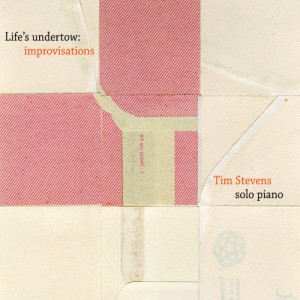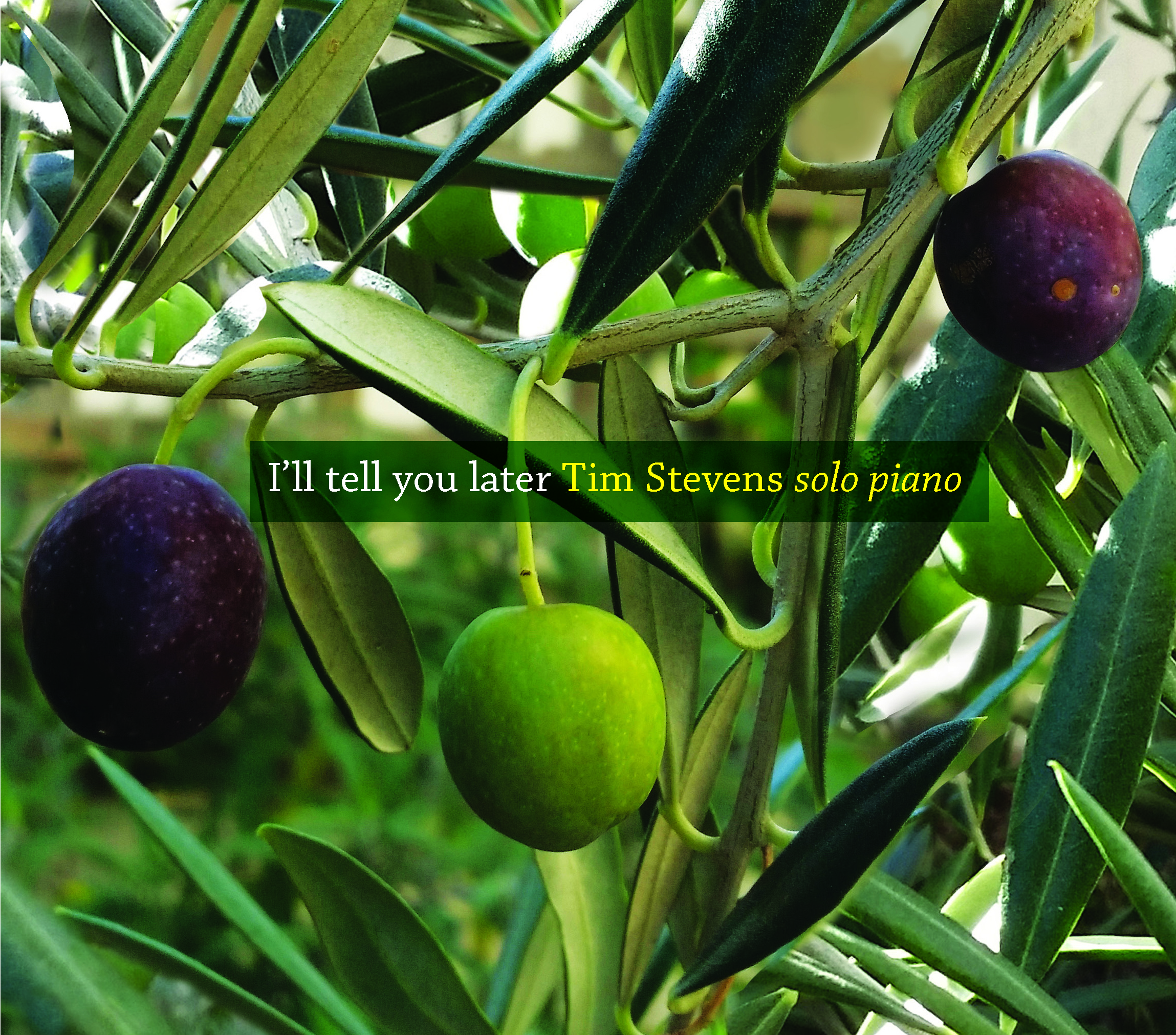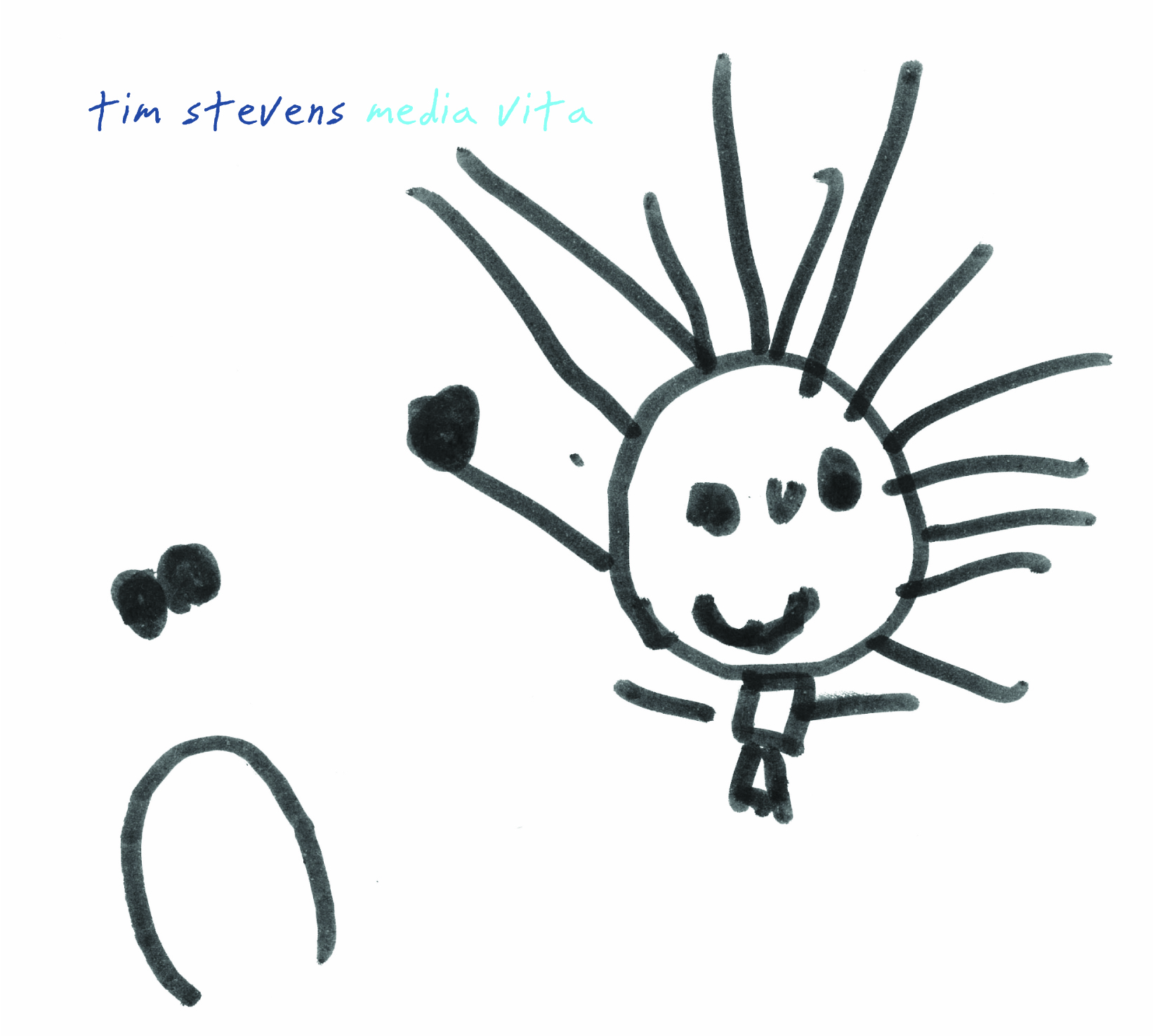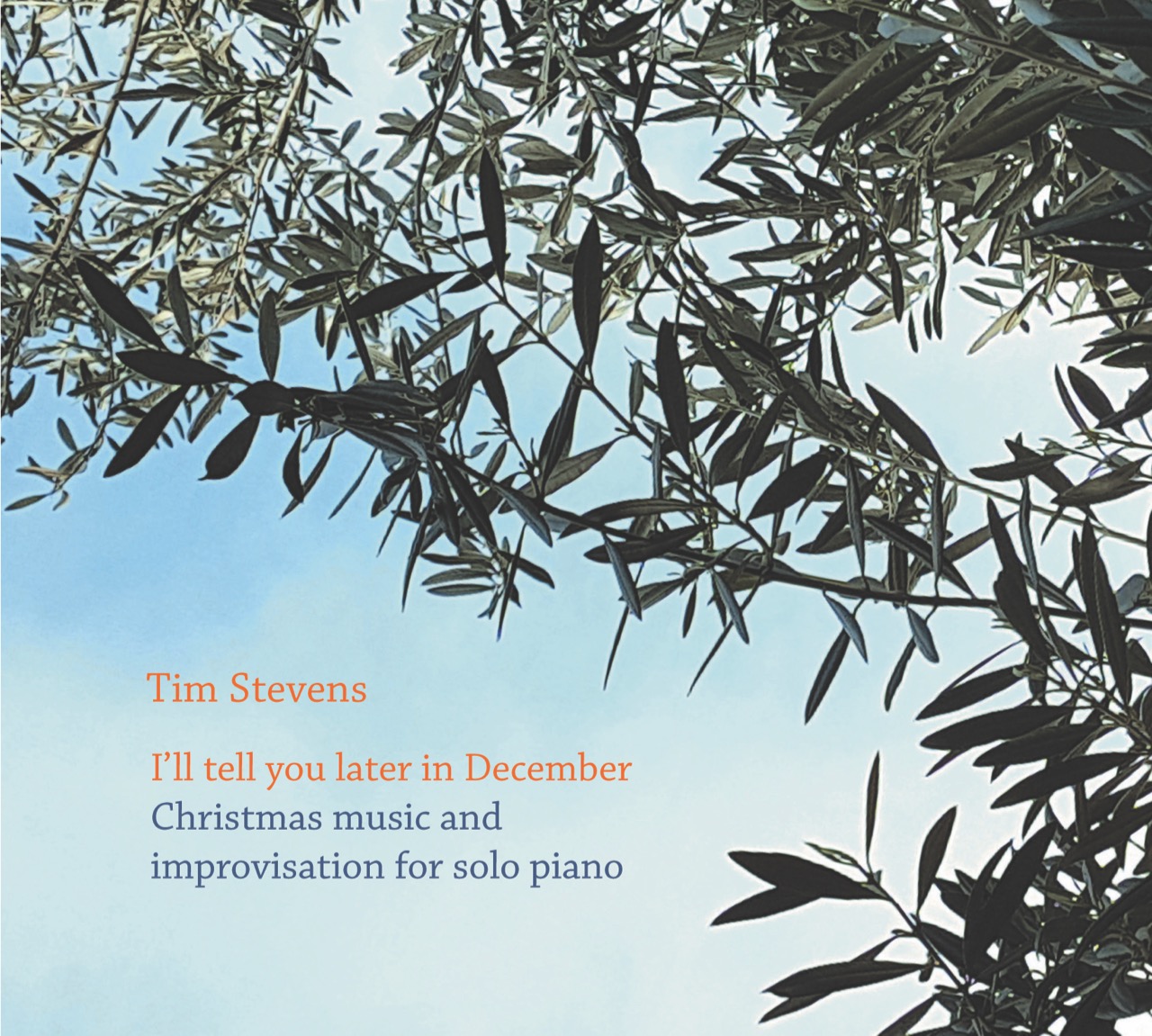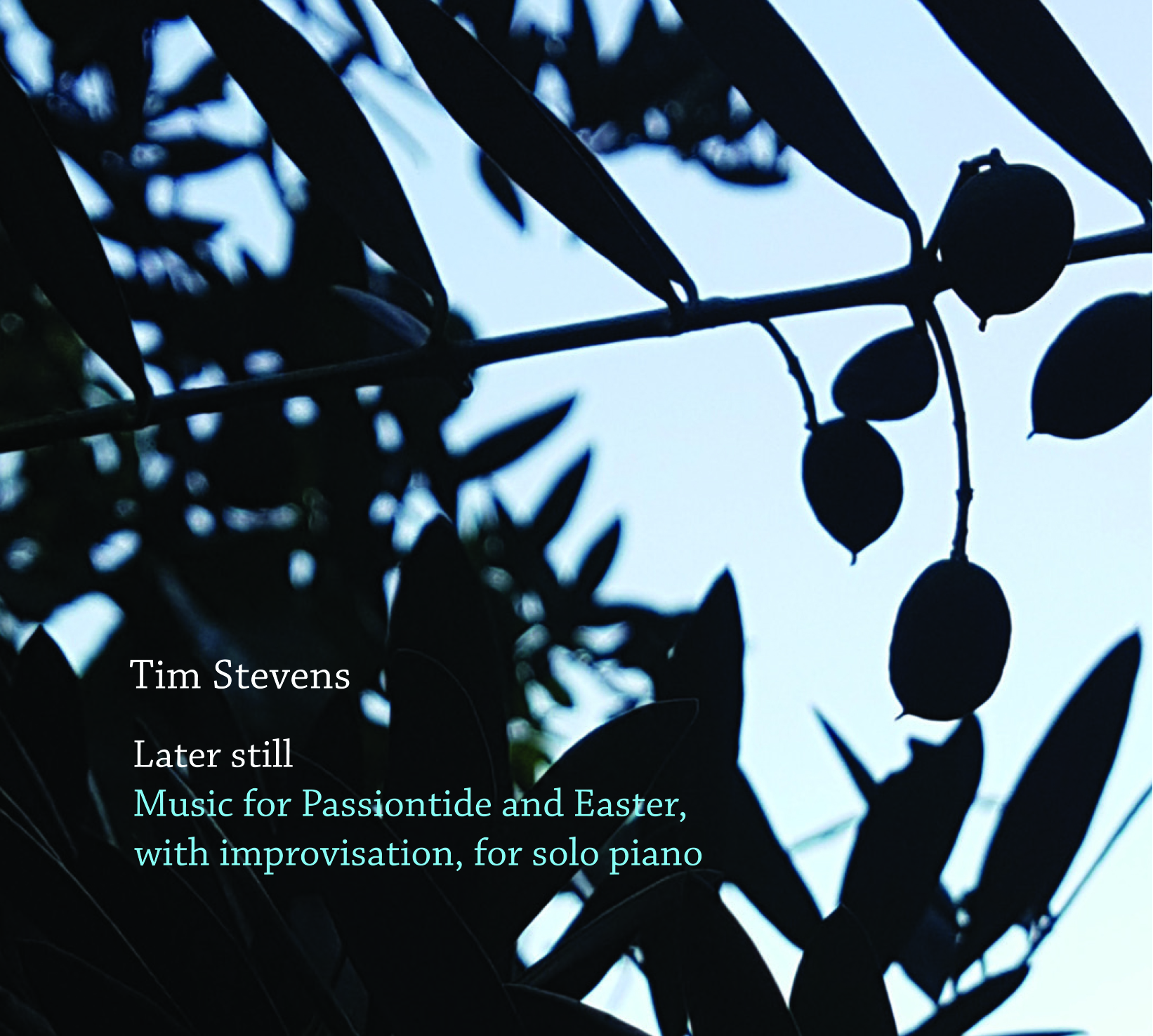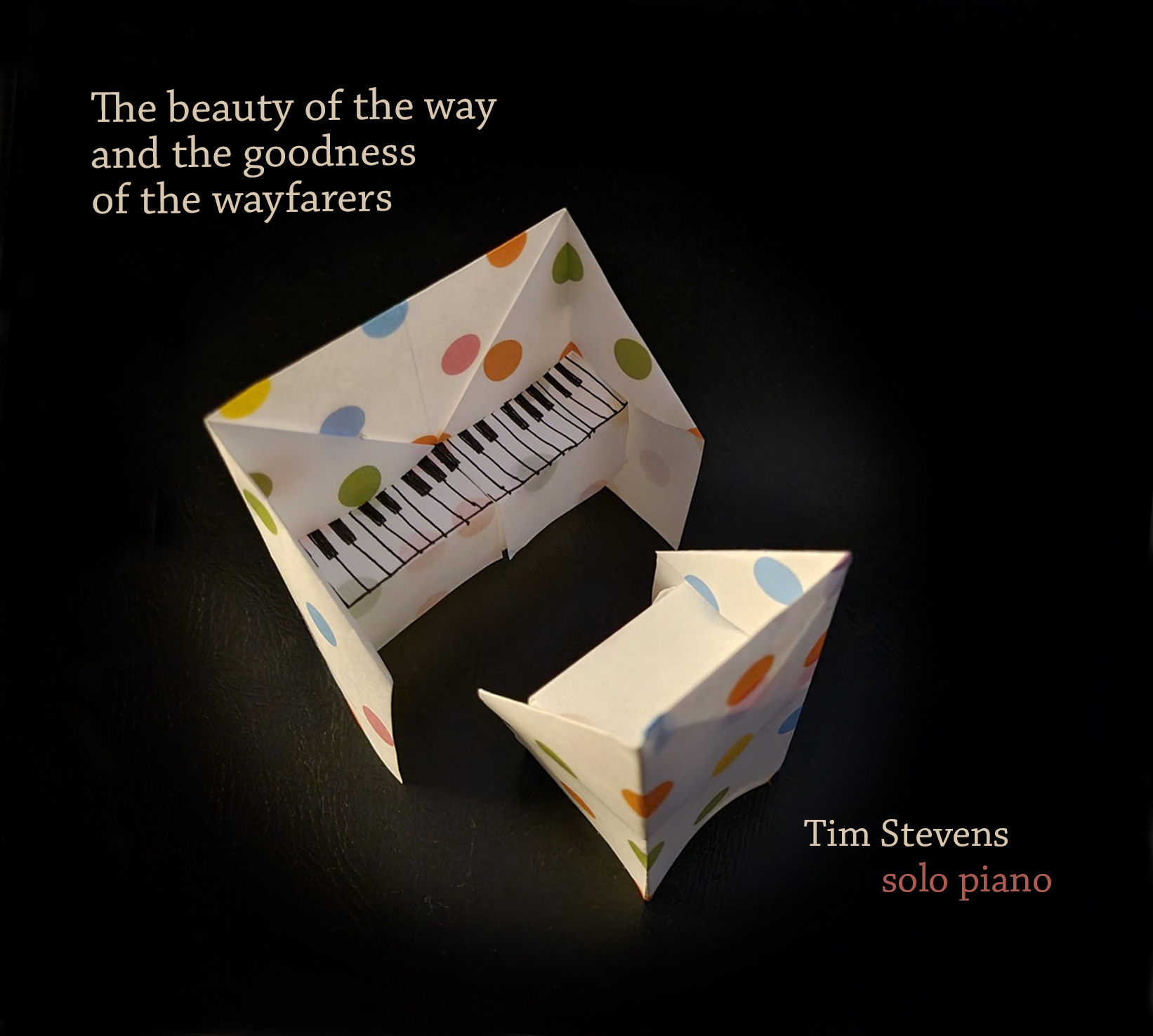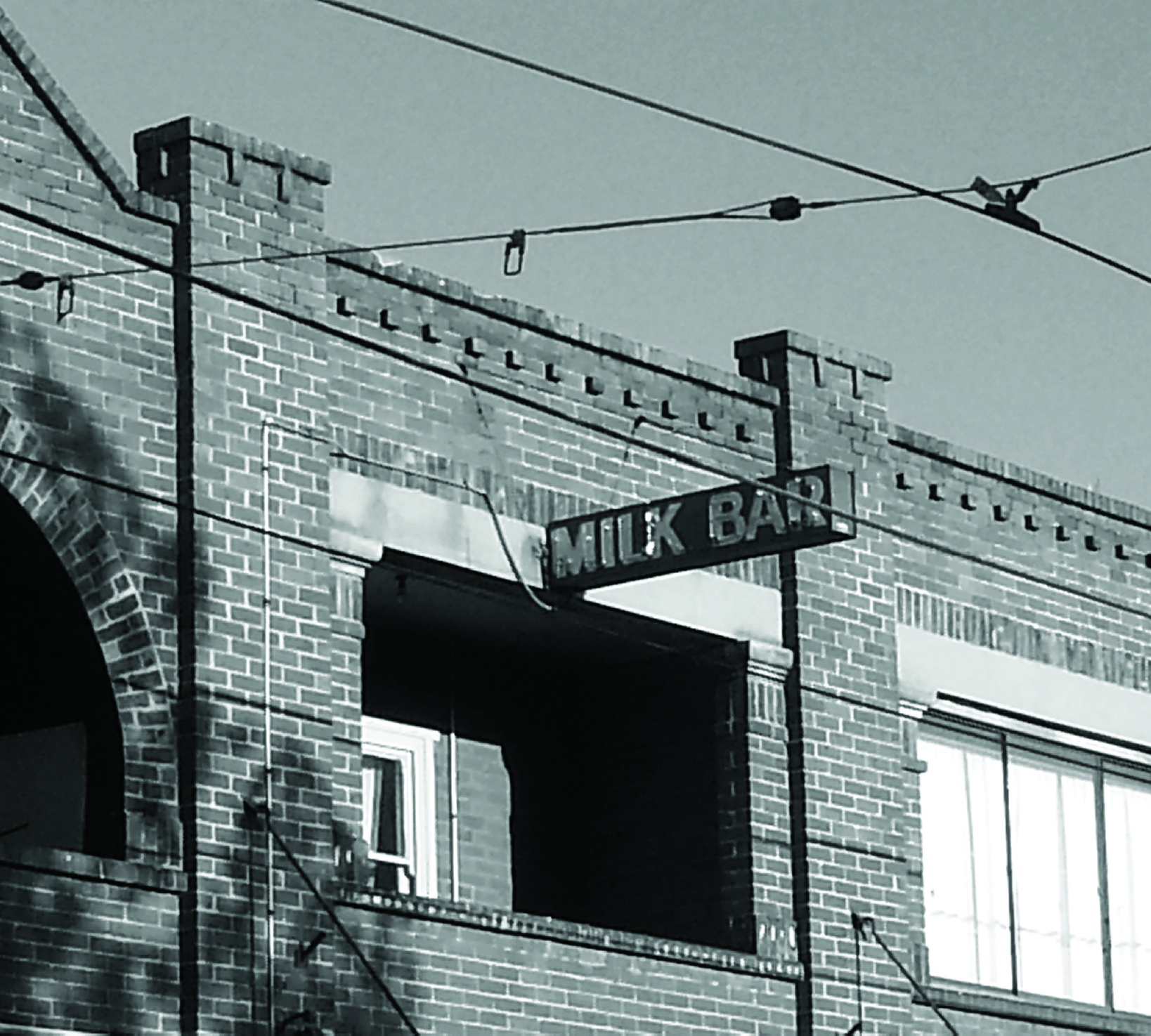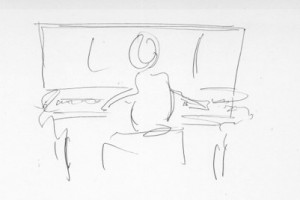
Solo
I’m a terrible bore about solo playing and I’m forever telling reluctant students that they need to get it together and sort out their sound when there’s no-one else around to back them up. I even insist on their improvising freely, alone, and some of them take a little while to come around to this idea (although when they do the results are invariably surprising, and encourage them to keep going). ‘Hook your foot behind the leg of the piano stool,’ I say, ‘and abandon the sustain pedal. Listen to the space between the notes.’ ‘What chord is that, what’s it doing? How am I supposed to know that? What notes are you using in the middle, and why?’ ‘Do you need all that left hand?’ Stuff like that.
Many years ago I secured a gig at Walter’s Wine Bar – Walter Bourke was still alive in those days and actually gave me the gig himself – and I played there for a couple of hours on Sunday afternoons. The gig was good because the staff were generous and gave me terrific wines to sample, but also because I had to sort out – in real time, as they say – how I was going to make the piano sound without the benefit of a rhythm section. I played standards (which I don’t do so much anymore) and I had a list I used to consult, electing to vary the key signatures or whatever so as to keep things fresh.
It’s curious that given one’s training as a classical pianist is almost entirely undertaken without the accompaniment of other instrumentalists, the move to performing improvised music alone seems to be such a leap. Still, I maintain it’s an essential skill for pianists to develop. My solo piano recordings feature original compositions and spontaneous improvisations, some written stuff, and in the latest instances some church music and even some standards, and you can find out about them below.

